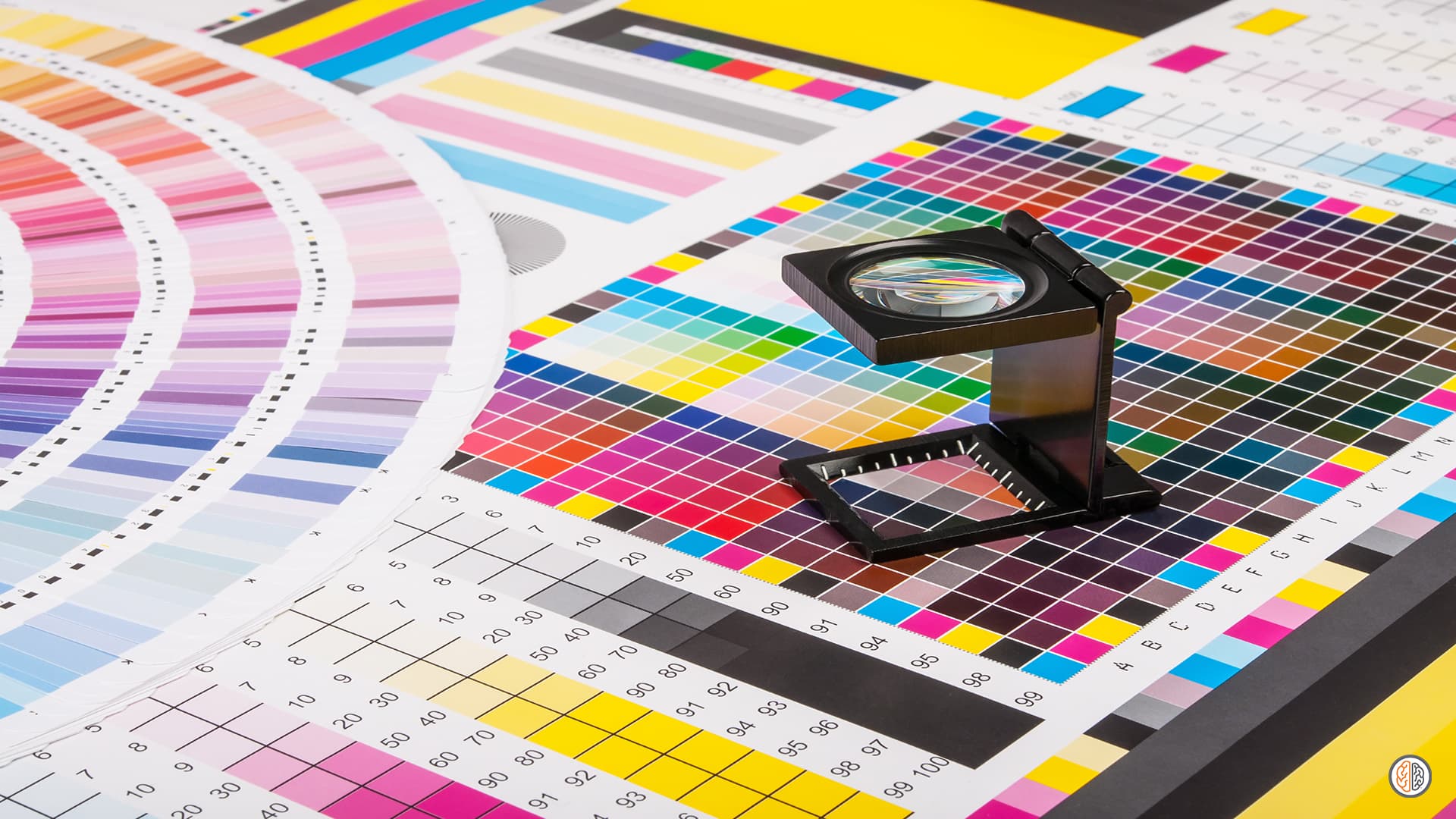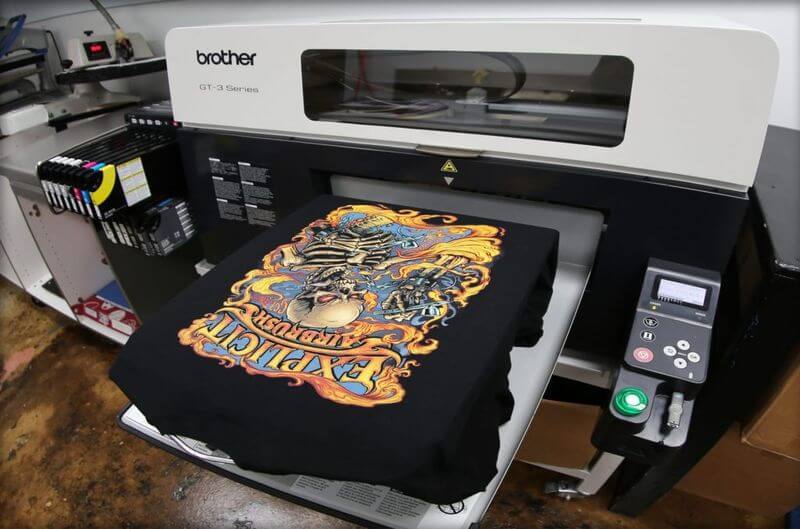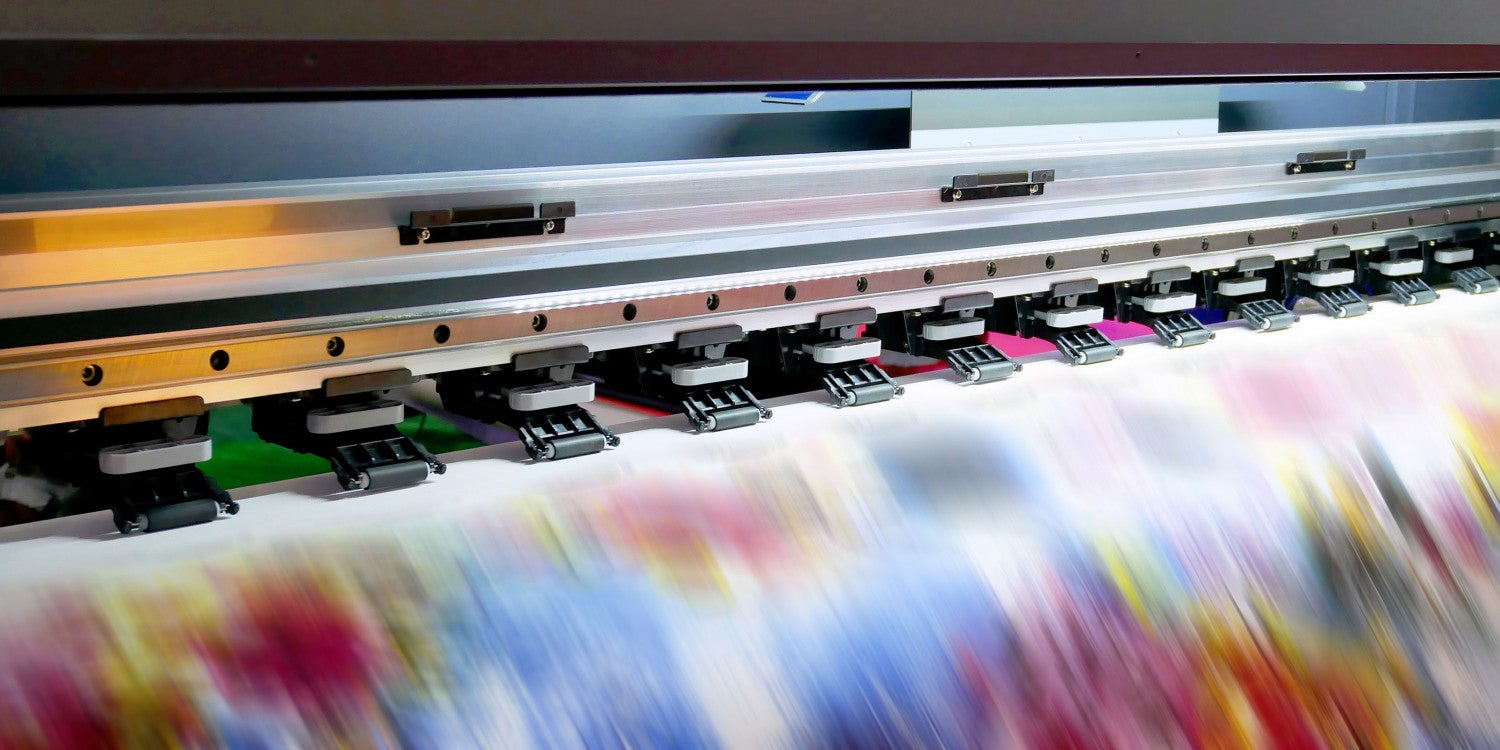What Does Digital Printing Mean?
What Does Digital Printing Mean?
Blog Article
The Best Strategy To Use For Digital Printing
Table of ContentsGetting My Digital Printing To WorkExcitement About Digital PrintingDigital Printing Fundamentals ExplainedThe 6-Minute Rule for Digital PrintingDigital Printing Fundamentals Explained3 Easy Facts About Digital Printing Described6 Simple Techniques For Digital PrintingThe 15-Second Trick For Digital Printing
Personalization additionally permits organizations to stand out in a congested market by creating one-of-a-kind advertising materials that differentiate them from their rivals. One of the main benefits of electronic printing is the capability to print variable information. Each printed item can be one-of-a-kind, enabling services to develop tailored advertising materials that talk straight to their target market.Digital printing likewise enables for modification in the layout of marketing products (Digital Printing). With electronic printing, organizations can create styles that are special and tailored to their particular requirements.
The Greatest Guide To Digital Printing
By printing smaller sized amounts of marketing products, companies can lower waste and avoid the requirement for excess stock. Digital printing is also functional.
By using different products and formats, companies can create distinct advertising materials that stick out from their competitors and draw in interest from their target audience. Digital printing also offers consistency. With conventional printing methods, there is frequently variation in between prints as a result of differences in ink protection, stress, and other factors.
This uniformity can help develop consumer trust fund and reliability, showing that business is devoted to giving premium products. Uniformity is particularly important for organizations that desire to build customer trust and credibility. By guaranteeing that every print corresponds, services can reveal that they are devoted to providing high-quality products and taking notice of the details.
7 Simple Techniques For Digital Printing

Additionally, electronic printing generates less waste due to the fact that it can publish on need and in smaller sized amounts, minimizing the demand for excess stock and products. Digital printing likewise makes use of much less energy contrasted to traditional printing approaches. Digital printers do not require as much energy to run, as they do not require to warm up as much or use as much power to run.
An Unbiased View of Digital Printing

Countered printing calls for a plate for each color printed. Traditional offset printing is a print approach that makes use of light weight aluminum plates to transfer ink onto a you could check here rubber sheet (frequently described as a "covering"). The picture is then rolled onto the printing surface area. This printing approach is taken into consideration "offset" since the ink is not moved to the paper straight.
What Does Digital Printing Mean?
Countered printing allows for a wide array of print materials to be utilized during production. The premium photos generated with balanced out printing make it the favored technique, specifically among visuals designers, when looking for the biggest shade recreation, detail, and professional-looking prints.
For electronic inkjet printing, ink is transferred straight onto the surface. Rather than depending on light weight aluminum plates and rubber blankets to move a photo, digital printing utilizes fluid ink throughout manufacturing.
Digital Printing Fundamentals Explained
Because countered printing can blend custom-made color inks for each work, it will normally get the colors spot-on. Count on countered printing for clean, distinctive kinds and pictures without touches or spots.
It costs a lot to start a countered task. You need to invest money into producing the plates, which takes some time. Nevertheless, when you have actually spent it, every one of the products are prepared to go, and you'll invest much less on large countered work than a digital visit this site right here print, which is about the very same per item regardless of how big the job gets.
Digital printing is much less costly for low-volume jobs. The rate per system drops for digital printing, so at some point, they crisscross. Changing information within a solitary print job.
Things about Digital Printing
While electronic printing or inkjet printing is the recommended choice in the present times, there are engaging factors to convert from offset to electronic printing systems. When publishing balanced out or electronically, important choices and procedures are involved in color matching.
Industrial inkjet printing uses adaptability for printing on numerous different substratums. Digital printing is suitable for consumers that do not require longer runs and warehousing products.

One benefit of electronic printing is selecting from a large range of digital substrates. With electronic printing, the expense of the substrate in the total task is minuscule.
The Ultimate Guide To Digital Printing
drop-on-demand is the second printing technology to take into consideration. Continuous inkjet systems require substantial upkeep, even more driver training, and higher downtime. Devices prices in inkjet printing are much lower than countered printing as there are no plate-making, plates, and press expenditures. Beyond the capital spending, the prepress equipment and printing machine call for highly experienced drivers in countered printing, which includes labor expenses.
Report this page